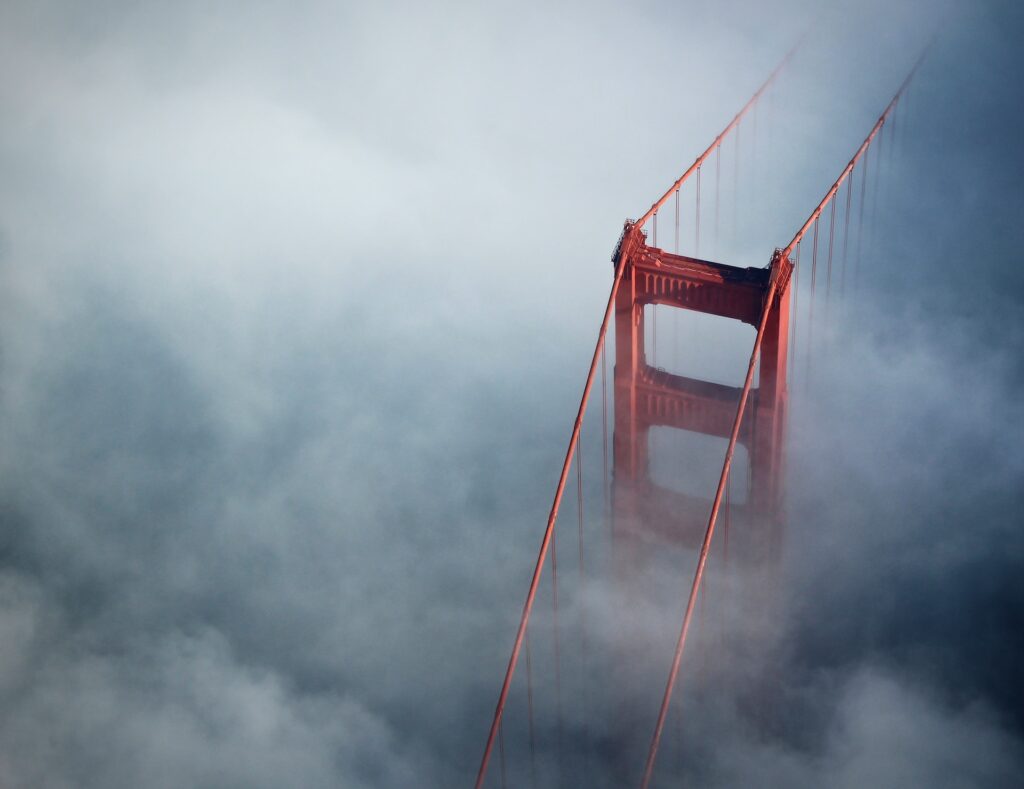On January 5, 1933, an ambitious project took its first step in the picturesque setting of San Francisco Bay. It was the beginning of the construction of the Golden Gate Bridge, a project that would come to symbolize not only architectural brilliance but also the enduring spirit of innovation. This landmark day marked the transformation of a daring vision into a tangible reality, bridging two distinct regions and setting a precedent in modern construction.
The Dream of a Bridge:
The idea of building a bridge across the Golden Gate Strait was born out of necessity and ambition. Before the bridge, the only practical short route between San Francisco and Marin County was by boat. The concept of a bridge was initially met with skepticism and deemed an impossible feat by many due to the strait’s strong currents, depth of waters, and frequent fogs. However, the dream persisted, driven by the burgeoning economic needs of the region and the vision of engineers and city planners.
The Man Behind the Plan:
The project’s success is largely credited to engineer Joseph Strauss, who first proposed a bridge in 1917. Although his initial design was a hybrid cantilever-suspension bridge, it evolved into the suspension bridge design we see today. Strauss, along with a team of engineers including Charles Alton Ellis and Leon Moisseiff, refined the design and plans, overcoming numerous technical challenges.
Overcoming Obstacles:
The road to the construction of the Golden Gate Bridge was fraught with challenges. Financial hurdles were among the most daunting. In the midst of the Great Depression, funding the bridge seemed an insurmountable task. Through the unwavering efforts of Strauss and local officials, a bond measure was passed, and the Bank of America agreed to finance the project, providing a crucial lifeline.
Additionally, the bridge’s construction faced significant opposition from various quarters, including the military, ferry operators, and environmentalists. However, consistent advocacy and negotiations eventually overcame these obstacles.
A Marvel of Engineering:
On January 5, 1933, construction officially began. The project was a marvel of modern engineering, employing innovative techniques and materials. The challenges of building in a location known for strong winds and currents were met with groundbreaking solutions. The bridge’s two towers, each standing at a height of 746 feet, were the tallest bridge towers in the world at the time. The project also employed safety nets, which saved the lives of many workers, underscoring a commitment to safety during a time when such considerations were not standard.

The Bridge’s Legacy:
Completed in 1937, the Golden Gate Bridge was the longest and tallest suspension bridge in the world at the time. More than a mere feat of engineering, it symbolized hope and resilience during a time of economic hardship. The bridge’s Art Deco design and striking International Orange color have made it an iconic symbol of San Francisco and a testament to human creativity and determination.
Conclusion:
The construction of the Golden Gate Bridge stands as a testament to what can be achieved with vision and persistence. Today, the bridge not only serves as a vital transportation link but stands as a monument to the triumph of ingenuity over adversity. It reminds us that even the most ambitious dreams can be realized with dedication and innovation.












What do you think?
It is nice to know your opinion. Leave a comment.